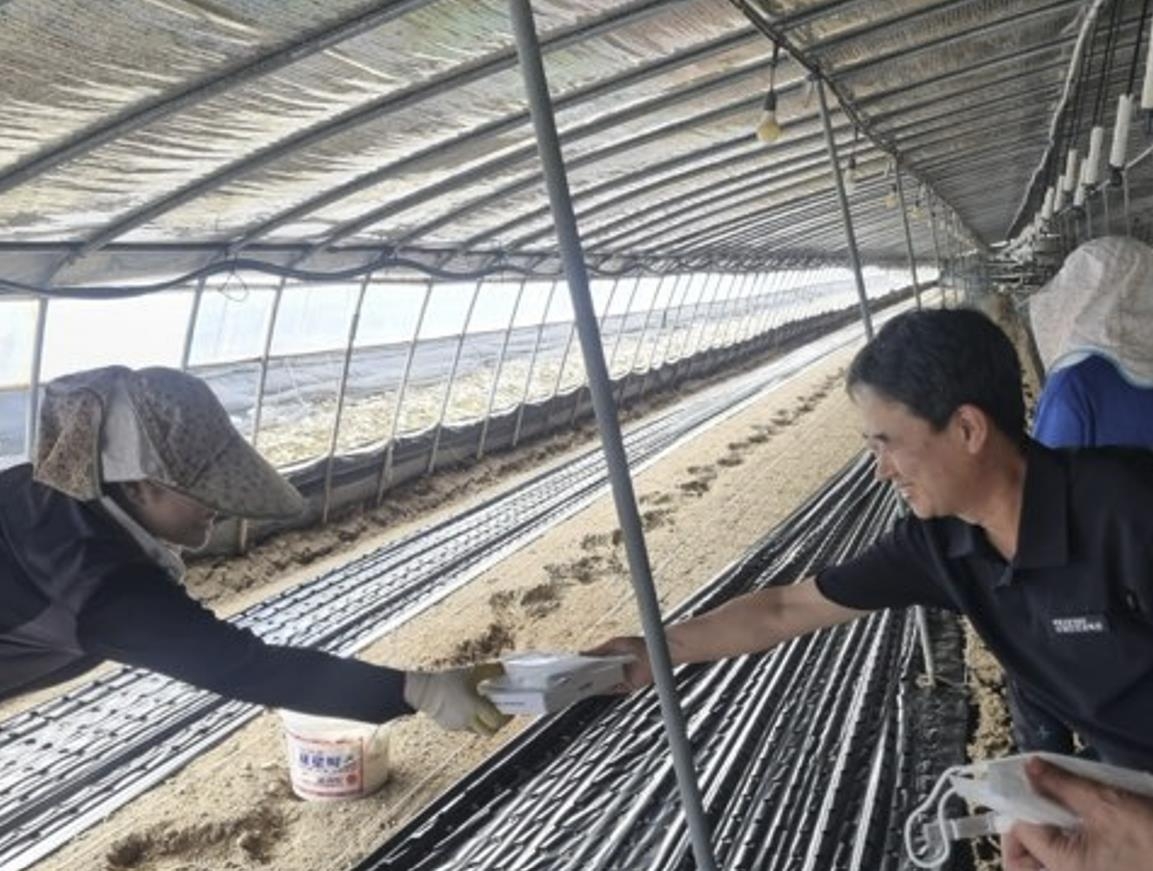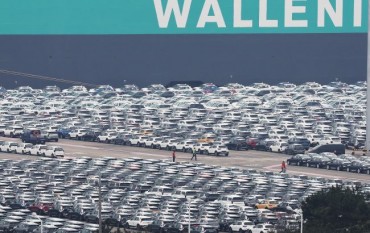
In Gimhae and Yangsan, many of these workers toil in small-scale, struggling businesses with subpar working conditions—jobs often shunned by local workers. (Image courtesy of the Ministry of Employment, Labour and Social Affairs)
GIMHAE, YANGSAN & MIRYANG, Aug. 9 (Korea Bizwire) – With a relentless heatwave gripping South Korea, authorities are scrambling to protect foreign workers in the manufacturing hubs of Gimhae, Yangsan, and Miryang from heat-related illnesses.
According to the Yangsan branch of the Ministry of Employment and Labor, as of late June, 13,309 foreign workers were employed across 2,984 businesses in these three cities, primarily in the manufacturing sector.
In Gimhae and Yangsan, many of these workers toil in small-scale, struggling businesses with subpar working conditions—jobs often shunned by local workers.
The situation is particularly dire in Miryang, where 52.6% of the city’s 2,562 foreign workers are employed in agriculture and livestock industries, sectors notorious for their exposure to extreme heat and challenging work environments.
Recognizing the urgency of the situation, Kwon Goo-hyung, head of the Yangsan branch of the Employment and Labor Ministry, personally inspected a sesame leaf farm in Miryang on August 7. His visit aimed to ensure compliance with heat illness prevention measures for foreign workers.
The Yangsan office is focusing its efforts on workplaces with high concentrations of foreign workers and elevated risks of heat-related illnesses.
To overcome language barriers, officials are broadcasting prevention guidelines in six languages and distributing heat illness prevention guides.
“In rural areas, most heat-related illnesses occur in sun-drenched fields or greenhouses,” Kwon emphasized. “It’s crucial to take extra precautions to protect workers, such as halting work during the hottest parts of the day.”
Local government officials are also taking action. Hong Tae-yong, mayor of Gimhae, and Na Dong-yeon, mayor of Yangsan, conducted field inspections of industrial complexes where small manufacturing businesses are concentrated, areas particularly vulnerable to heat-related health issues.
M. H. Lee (mhlee@koreabizwire.com)






